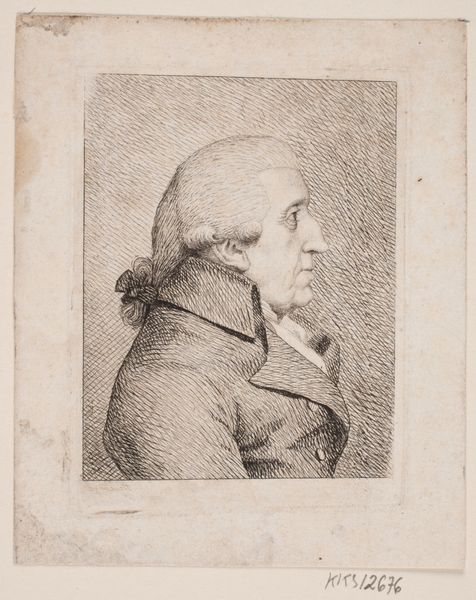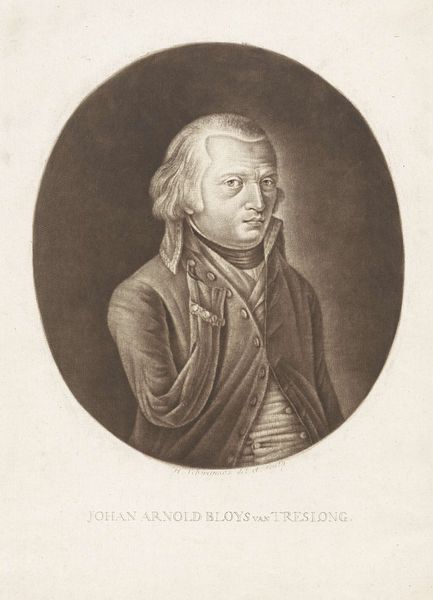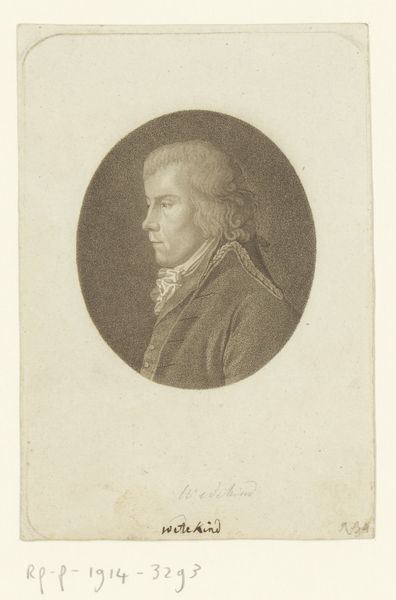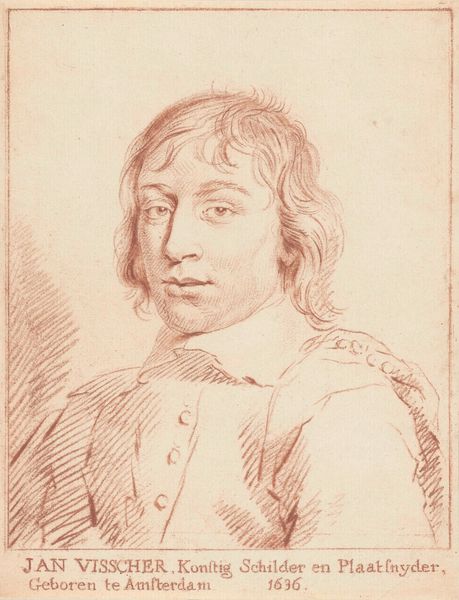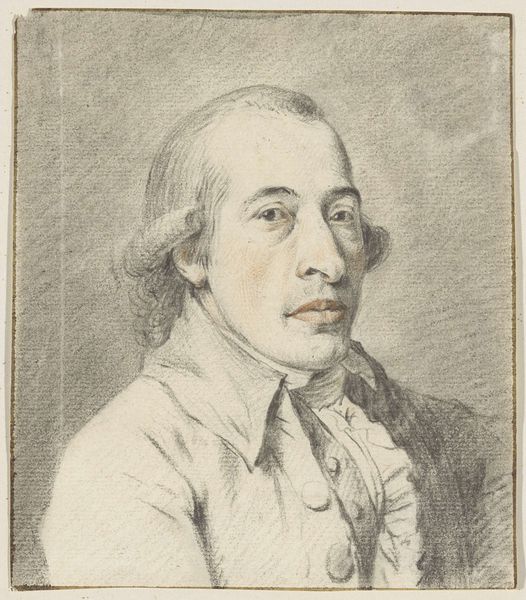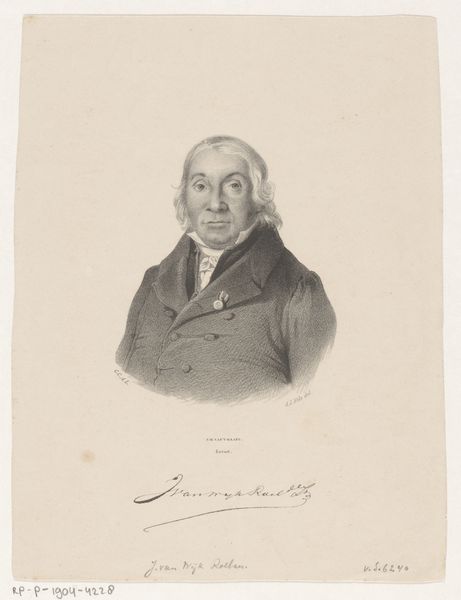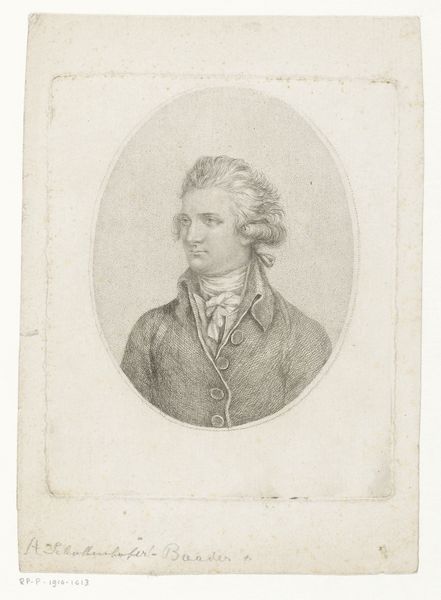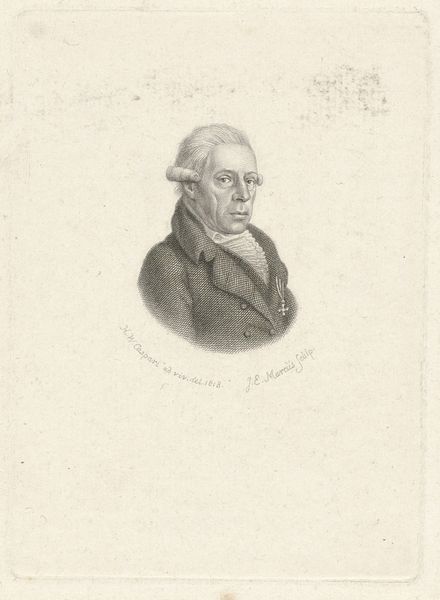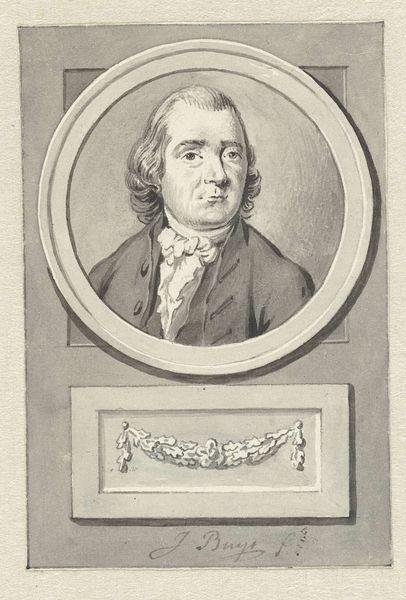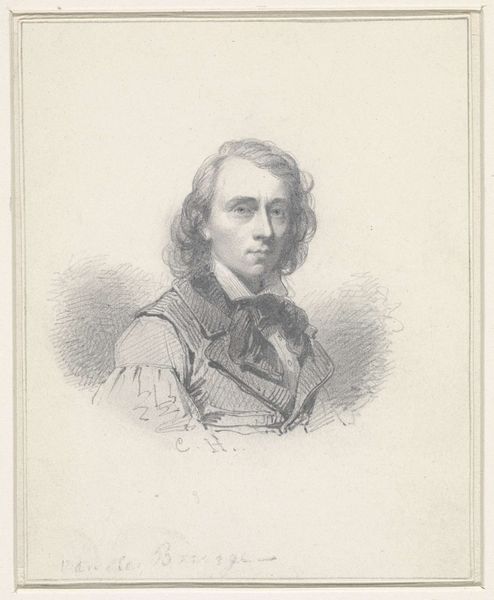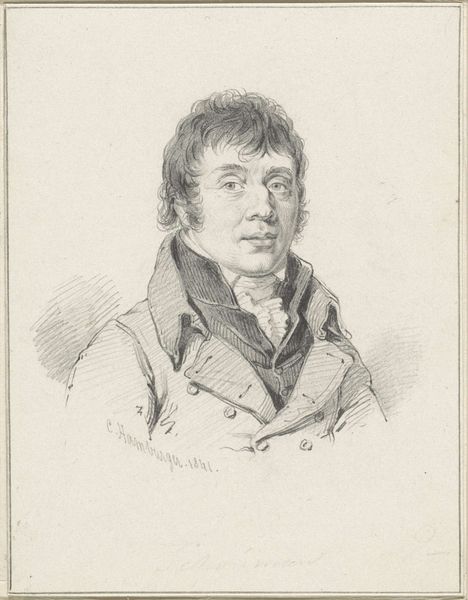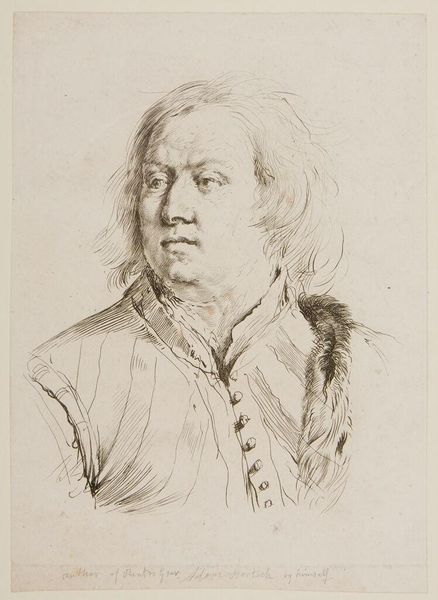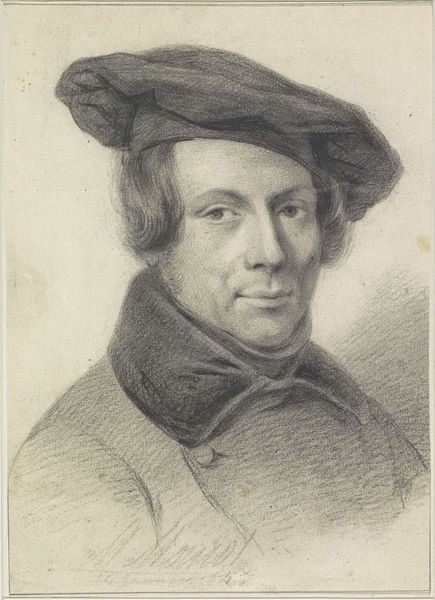
print, engraving
#
portrait
#
neoclacissism
#
self-portrait
# print
#
pencil drawing
#
portrait drawing
#
academic-art
#
engraving
Dimensions: plate: 13.5 x 10.2 cm (5 5/16 x 4 in.) sheet: 17.8 x 13.5 cm (7 x 5 5/16 in.)
Copyright: National Gallery of Art: CC0 1.0
Curator: Here we have Jean-Baptiste Joseph Wicar's "Self-Portrait," an engraving executed in 1797 while he was in Florence. The inscription reads, “Wicar ft. florence L’an 5eme”, or Wicar made this portrait in Florence year 5. What’s striking to you about this piece? Editor: The overwhelming impression is one of cool self-assurance. He seems so…collected. The clean lines contribute to a sense of order. But his expression feels rather enigmatic. Curator: Absolutely. We should note Wicar aligned himself with Neoclassicism. Think back to the French Revolution: ideals of reason and order deeply affected the art world, marking a deliberate break from what was considered the excessive ornamentation of the Rococo style that preceeded it. Editor: In this self-portrait, he certainly captures that spirit. Do you see any clues suggesting how Wicar sees himself in society and/or how he hopes to be perceived? I mean the open collar suggests that he does not embrace convention. Curator: An excellent observation. His open collar perhaps points to his identity as an artist. It subtly places him outside rigid social expectations while maintaining an air of respectability via the waistcoat. However, It’s also interesting to think about who had the economic and social privilege to sit for self-portraits at that time, let alone make prints for public circulation. Editor: Good point. Given the political climate, Neoclassicism's appeal probably also stemmed from a desire for stability and a return to perceived virtues after the tumultuous Revolution, a desire projected on the clean lines of classicism in contrast with Rococo decadence, don't you agree? Curator: I concur. This wasn't simply an aesthetic choice; it was deeply entangled with revolutionary politics and anxieties regarding class, excess and social responsibilities. It makes one consider: Who tells the story, and whose story gets told? Wicar’s self-representation becomes even more powerful in view of social upheavals. Editor: Indeed. This portrait functions both as an artistic declaration and a sociopolitical statement, making us ponder how one's own identity intersects with and is framed by broader historical circumstances. Thanks for these historical insights, it made looking at this piece a whole lot different!
Comments
No comments
Be the first to comment and join the conversation on the ultimate creative platform.

